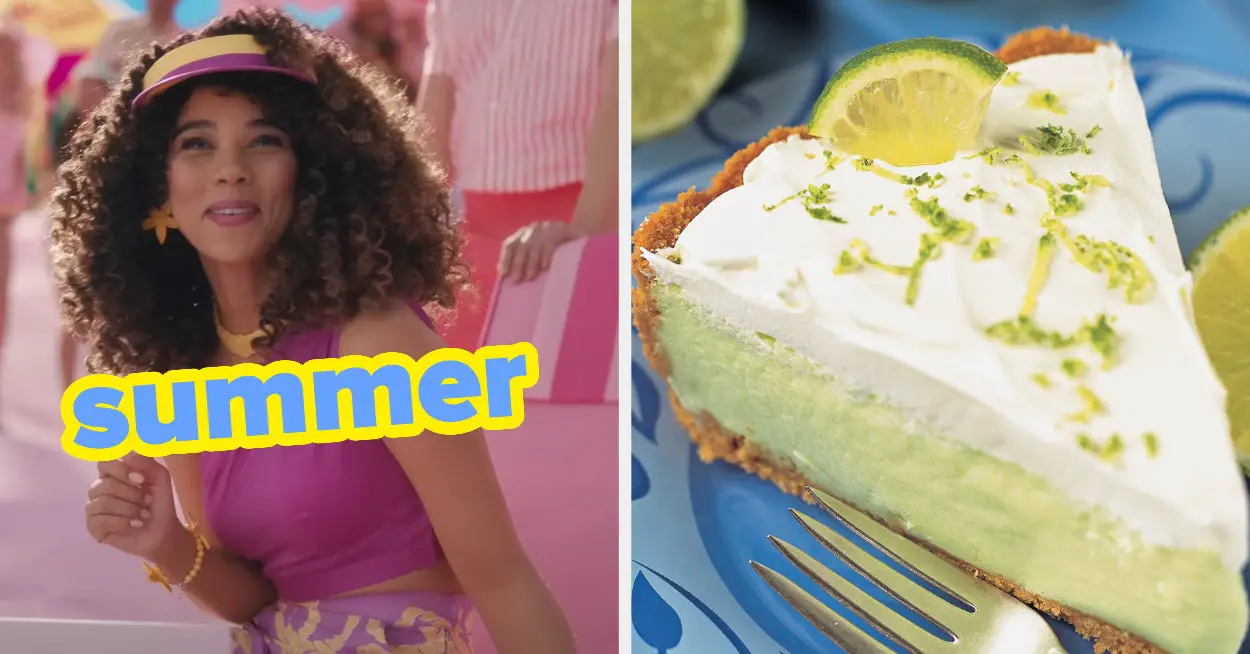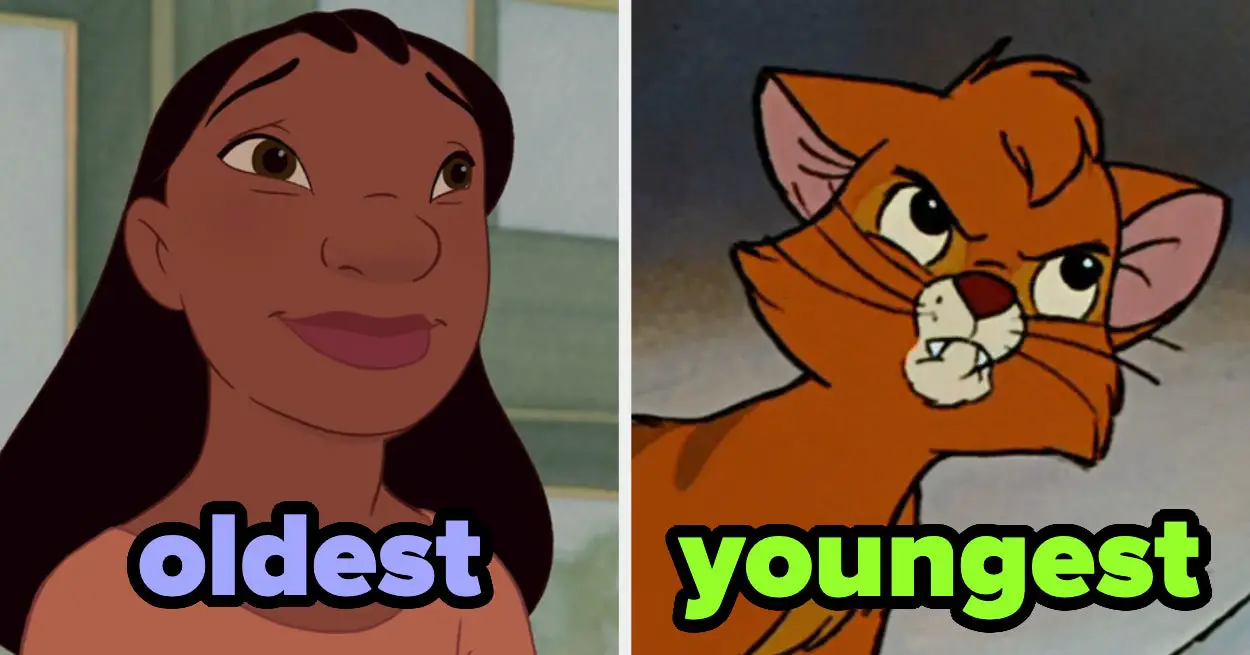Our bodies consist of about 30 trillion human cells, but they also host about 39 trillion microbial cells. These teeming communities of bacteria, viruses, protozoa, and fungi in our guts, in our mouths, on our skin, and elsewhere—collectively called the ...
This might be why her team got contrasting results in their analysis: The more individual microplastics in the gut, the greater the microbial diversity, but the higher mass of microplastics, the lower the diversity. The more particles a bird eats, the greater ...




